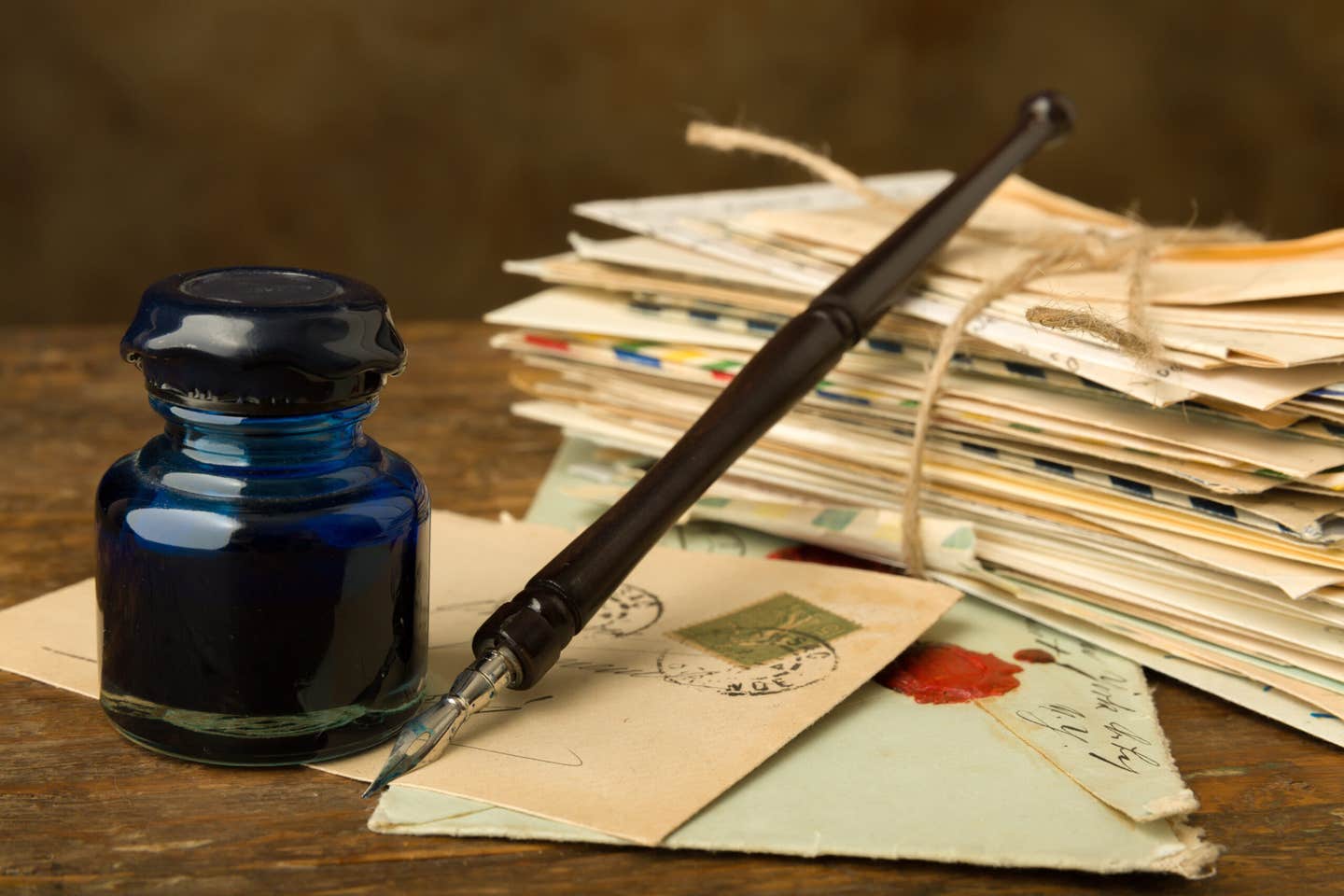Collecting Trade Dollars: Doable on a Budget?
It seems that among the collector community, there is a belief that the entire series of Trade dollars is expensive and that they are tough to collect.
We have examined some of our classic silver dollars in previous Bargain Collector columns but have thus far stayed away from the short-lived Trade dollar series. It seems that the collector community believes the entire series is expensive and tough to collect. Let’s go through these big silver pieces in some detail, then, and see if a couple of bargains might be hiding among a more expensive crowd.
Philadelphia, as opposed to San Francisco or Carson City
For almost all classic United States coin series, the main mint in Philadelphia did the lion’s share of the work, pounding out some pretty amazing amounts of coins over the years. But in the case of the Trade dollars, San Francisco pulled the heavy load, with annual mintages well into the millions. Indeed, the clear winner in the entire series is the 1877-S, with just over 9.5 million as its official tally. Even the young mint in Carson City cracked the 1-million mark for two years. We’ll keep this in mind as we check prices.
The Common ‘S’ Pieces
As we always do, we’ll need to find ourselves a price point. That just-mentioned most common piece will be a good place to stake a claim. We always like to look at Mint State examples, but even this common date will cost $1,000 here. That’s a bit steep when we are looking for bargains in U.S. silver. But if we step down to something like an Extra Fine or EF-40, our outlay drops to just below $500. That doesn’t qualify as dirt cheap and does seem to reinforce the idea that this series can be costly. But at least we have found a price point and have done so with a good-looking example.
We’ll immediately make the point that if there are two “CC” marked dates with over 1 million to their name, there ought to be a couple of comparable prices here. The good news is that, yes, there are comparable prices. The bad news is that for the 1875-CC, with its 1.5 million tally, we’ll only land one in a grade like Very Good, VG-8, if we want to stay near our price point. The collector's love affair with any coin bearing the “CC” mintmark seems to be a controlling factor here.
Still, considering a common date Trade dollar costs about $450 to $500, it is logical to start looking for any less common pieces that still cost the same. Here is where our previous comment about the production of Philly Trade dollars versus Western trade dollars comes in.
The 1876 Trade dollars minted on the East Coast totaled 455,000 pieces. That’s not super rare, but it is far less common than the 1875-CC we just pointed out. But if we spend $450 for one, we are likely to get an Extra-Fine specimen, an EF-40. That’s a much better coin for the same price. It looks like just maybe the bargain here, or bargains is connected to the main mint. Let’s look some more.
If we scan the entire set of Trade dollars, we will also find that the first year of issue, 1873, saw 396,900 out of the Philadelphia facility. That’s far lower than the numbers we just saw for any common date Trade dollar. Yet an expense of about $400 will land us one in something like Very Fine, or VF-20, condition. This is intriguing, as it does seem to indicate that less common Trade dollars are not necessarily expensive, at least if we stay with those from the City of Brotherly Love.
The Proofs, Possible and Impossible
Plenty of ink has been spilled over the years about the desirability and scarcity of the proof Trade dollars, but hopefully, we can tolerate a bit more. First, the 1884 and the 1885 are super rarities that barely even come up for auction. Let's breathe deep, sigh, and pass these by unless we have a spare million dollars or so to spend. And yes, just about all of the proofs, including those made from 1879 to 1883 – the proof-only years – will cost a few thousand dollars, even as PF-63 specimens. So again, these are probably off everyone’s list.
However, there is a curious phenomenon shown in plenty of print and online references, one related to those years of proof only. They routinely have a price tag associated with the odd condition of PF-50, which we usually think of as AU-50. We can only imagine that a coin like this is proof that it has suffered a bit over the course of the last 140 years or so, perhaps one that has been mishandled a bit. We mention them here, however, because they seem to cost about $1,250 each, which is far lower than expected. It will undoubtedly be a bargain if we can find one at that price. Yes, if we can find one.
Overall?
The United States Trade dollars are undoubtedly an expensive series of coins, and assembling a full set will be costly. But we have seen that some issues from Philadelphia actually do qualify as bargains. Plus, it seems that there just might be a bargain among the limited number of proof Trade dollars, should we be lucky enough to come across one.









